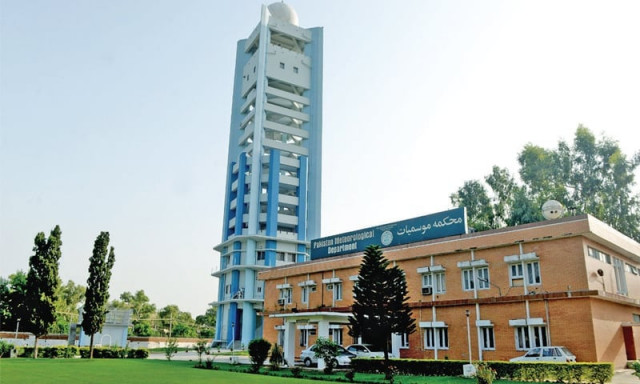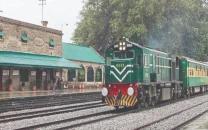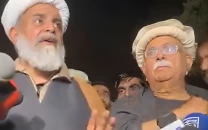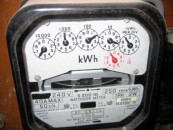Pindi extends rain, flood season
Monsoon downpours have already wreaked havoc in low-lying localities

Authorities in Rawalpindi have extended the rain and flood season from September 15 to September 30 following a recent forecast by the Pakistan Meteorological Department (PMD) of a fresh spell of heavy monsoon rains in the region.
The rain and flood emergency will continue for 15 more days, with all relevant institutions remaining on red alert. District Officer Civil Defence Talib Hussain announced that the rain emergency and flood emergency in Rawalpindi will be lifted on Sep 30.
Like previous years, the administration seems failed to protect low-lying areas from floods this year too. As the pre-monsoon and rainy season approaches every year, the lives of 500,000 households in the vicinity of the 18-kilometre-long Nullah Leh and 10 large rain drains become hell.
The heavy monsoon rains have caused immense destruction in low-lying areas, resulting in the tragic deaths of five children, who drowned in the floodwaters. The entry of three to five feet of water into houses, shops, plazas, and markets has caused traders and citizens to suffer financial losses of billions of rupees. For another month, the citizens of Rawalpindi will remain at risk, bracing themselves for the floodwaters.
On the other hand, the concerned agencies have once again failed to vacate 250 old and dilapidated multi-storied buildings, which are vulnerable to rain damage. This year, two buildings collapsed, highlighting the ongoing struggle of Rawalpindi residents, who have been suffering from floods for 80 years or so. Despite the passage of time, no government has been able to address this fundamental problem.
Nullah Leh history
Nullah Leh, a water stream originating from the Margalla Hills of Islamabad, flows through small trails and waterfalls before entering the residential areas of Islamabad. Initially, it becomes a large drain, followed by Nullah Leh. Historically, from 1800 to 1920, the nullah was a clear water stream that was transparent and used by citizens for ablution and drinking water. The Hindu community would bathe in it and scatter the ashes of their deceased loved ones after cremation. The clear waters of Nullah Leh attracted the Hindu Arya family to settle on its banks, leading to the establishment of Arya Mohalla along the nullah, still present near Liaquat Bagh. Notably, Sher Shah Suri's war caravan halted for two days near Liaquat Bagh, alongside the same river, while travelling from Afghanistan to the subcontinent. The largest crematorium of the Hindu community was located near Pirwadhai, outside the city, where they would cremate their dead and scatter the ashes in the clear river near Liaquat Bagh, Gawalmandi, and Mohanpura. Women from the surrounding areas would also bathe and wash their clothes along the riverbanks.
The first flood in the nullah occurred in 1894, which was the most severe flood at that time. Fortunately, the population of Rawalpindi was sparse, resulting in negligible loss of life.
However, the flood caused significant damage, washing away both bridges on City Saddar Road and Murree Road Rialto. Since then, a total of 14 small and big floods have occurred in Nullah Leh, resulting in 38 human fatalities, hundreds of cattle deaths, and the complete destruction of 59 houses. The most destructive flood occurred on July 23, 2001, claiming 96 lives, killing 350 livestock, and destroying 310 buildings. The flood submerged half the city in 5 to 20 feet of water.
Solution to prevent damages
A permanent solution to the flooding in Nullah Leh is the proposed Expressway with an initial estimated cost of Rs17 billion in 2007. However, the cost has escalated to Rs110b today.
Despite receiving funds worth Rs150 million for silt cleaning of Nullah Leh and all rain drains this year, water still entered houses and shops this monsoon.



















COMMENTS
Comments are moderated and generally will be posted if they are on-topic and not abusive.
For more information, please see our Comments FAQ